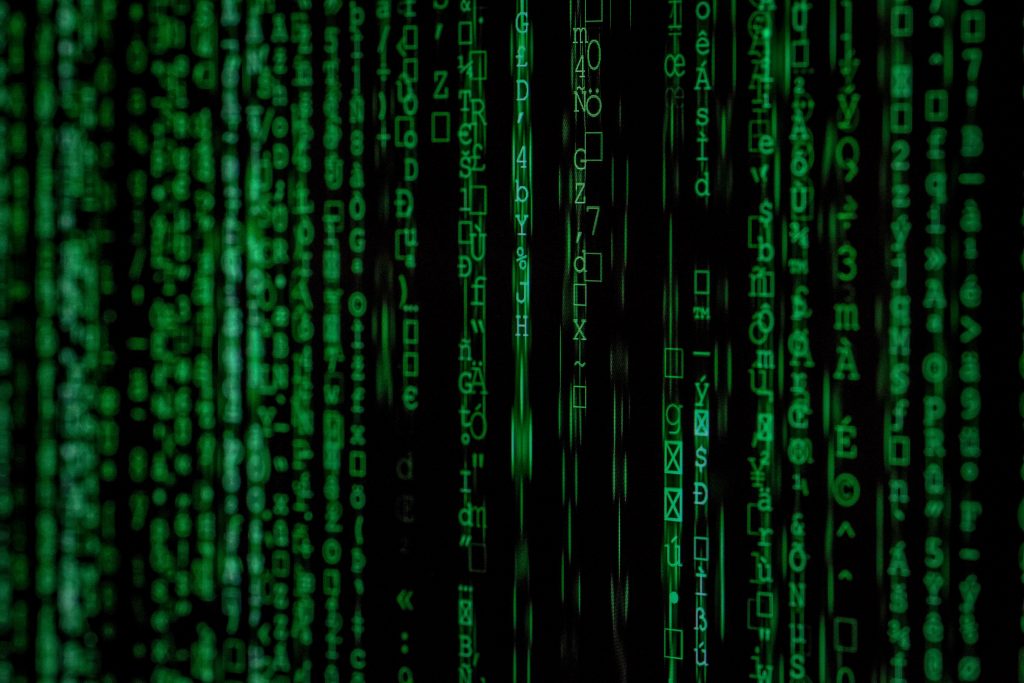People get flu shots to keep themselves protected during a flu outbreak. Unfortunately, it’s not the case with PC infections. You can’t predict when a virus will attack your tablets, smartphones, PCs, and enterprise networks. Even worse, they seem to always be in the flu season. The users may not suffer from body aches and chills, but their machine can fall ill from a machine malady known as malware.
Every malware infection attacks differently. While some do this subtly, like a sledgehammer, others are unforgivingly stealthy. Knowledge about these types of machine infections is akin to preventative inoculation. By knowing the specific virus attacking your system, understanding how they got there, and dealing with them, you are one step ahead in preventing them from re-attacking.
What Is Malware?
Short for malicious software, malware is a collective term describing any malicious code or program harmful to a system. Intentionally nasty, intrusive, and hostile, these malware disable, damage, or invade mobile devices, tablets, networks, computers, and computer systems by controlling said device’s operations. This flu-like virus interferes with the device’s normal functioning. The first step to removing malware is to get to know it and identify signs of infection.
How Do You Know If Malware Infects Your System?
Malware can show up with different anomalous behaviors. If you want to catch them, here are a few signs they exist on your computer system.
Computer Slows Down
You’ll know that malware infects your computer when you notice your computer suddenly slows down. One of the side effects of the virus is that it adversely affects the speed of your computer’s operating system. Since the system resources are abnormally high, it will not have enough energy to use for other OS-related activities.
When you notice your PC’s fan whirring at full speed, this is a good sign that something is using up your system resources. This happens when the computer ties into a botnet like mine cryptocurrency, blasts out spam, or computers perform a distributed denial-of-service (DDoS) attack.
Annoying Ads Popping on Your Screen
Expect a malware infection if you see annoying ads inundating your screen. This malware type is specifically known as adware. They usually pop up with other hidden, packaged malware threats. If you see a pop-up ad congratulating you for winning something, run! Never click on it no matter how lucrative the prize offered by that ad; it will cost you more.
System Crashes
Another telltale sign that malware infects your computer system is when it crashes. This kind of crash comes in the form of a blue screen of death (BSOD) or computer freezing. The former happens on Windows systems after it encounters a fatal error.
Sudden Disk Space Loss
Mysterious loss of computer disk space is a result of bundleware. This bloated malware squatter mischievously hides in your computer’s hard drive.
Unexplainable Internet Activity
If there’s a weird and unexplainable increase in the number of internet activity in your system, there’s malware infecting your device. For example, Trojan targets computers by reaching out to the control server and attacker’s command to download ransomware or other secondary infection. This is precisely the reason behind the spike in your computer’s internet activity. This also explains the case of spyware, botnets, and other threats that require communication with your computer’s command and control servers.
Don’t Take Malware for Granted
Don’t let malware stop you from making the most of your computer system. Protect your computer and gadgets from a malware attack by installing a reliable and highly trusted virus scanner and malware remover. It’s better to spend on these tools than perform an exhaustive system repair once these viruses wreak havoc on the system.

